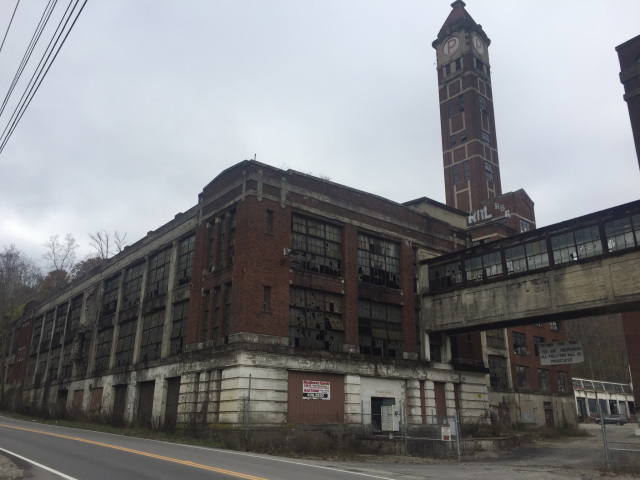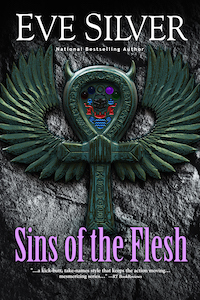Aimee Phan was born in 1977 in Orange County, so had no personal experience/memory of “Operation Babylift,” in which 10,300 infants and children were airlifted from Saigon to the United States before the city fell to the People’s Army of Vietnam. The eight stories in We Should Never Meet, published in 2004 (when the author was 27) are about orphans and their caregivers. Four are set in Vietnam (three before Operation Babylift; the last with two orphans revisiting Saigon and a nearby orphanage and the Vietcong’s Cu Chi tunnels). The other four center on orphans resettled in Phan’s native Orange County, where the heaviest concentration of Vietnamese American live.

Though Phan is not an orphan and was not born in Vietnam, the stories are convincing to me (unlike her, I was adopted, as some of them were) both about the chaos of orphanages in the final stages of the Republic of Vietnam and about the abandonment neuroses of those who had been evacuated and grew up in Orange County (whether in foster care or as adopted children). The white Americans who devoted time and resources to helping the children survive, both in South Vietnam and in the US, may sometimes be clueless, but are seen in the texts as well-intentioned. Bridget, a pediatrician who volunteered to go to a Saigon for two months, leaving behind her own two-year-old and husband in “Bound” is not ineffectual. She clearly saved lives, though just as clearly was delusional about being able to go back and continue her old life and now older family along with a Vietnamese baby boy. The last two stories in the book, “Bound” and “Motherland” end optimistically. The plane filled with orphans on which Bridget leaves makes it out (as one plane did not).
The most anti-American character in the book, Vinh, is also the most despicable, preying on other Vietnamese refugees whom he (and his gang) know do not trust police and are unlikely to seek their aid. For me “Visitors” was the most heartbreaking story in the collection. Vinh feels some regret for what he does, which undoes none of the damage to the refugee family(/ies) he victimizes (also in the title story in which another sympathetic Vietnamese character is attacked).
Kim, another recurring character, has wisely broken up with Vinh, but is relatively nihilistic and envious of Mai, the smart and accomplished girl who had been placed in foster care with Kim and Vinh more than once. Kim was adopted, but returned after a month, whereas Mai was kept by a pair of devoted foster parents, who did not adopt her and were taking in a seven-year old Vietnamese orphan when she went off to college (Emancipation).
The whole is more than the sum of the parts, but less than a sustained novel. There is much more I would like to know about various characters. I wouldn’t say that the stories lack endings (like so many New Yorker stories), but they tend to be somewhat open endings, cutting away from the uncertainties the characters feel and from closure. Each set of stories (those leading to and those leading from Operation Babylift) proceeds in chronological order, but the alternation does not work for me, though I could have read the four orphans in Saigon stories first and then the four adolescent Vietnamese orphans in Orange County ones. Having followed Phan’s ordering of chapters, I don’t know if the grouping would have enhanced coherence, but I think I’d recommend reading the 3rd, 5th, and 7th before reading the 2nd, 4th, 6th, and 8th (mindful that the 8th casts light on where the 7th left off, literally in midair).

(jacket photo of author ca. 2004)
Phan’s first novel, The Reeducation of Cherry Truong, was published in 2012. It juxtaposes escape from and return to Vietnam with immigrant lives (of two families of refugees) in France and California with fractured chronology and two sets of letters as well as the main narration.
©2017, Stephen O. Murray
Advertisements Share this:





